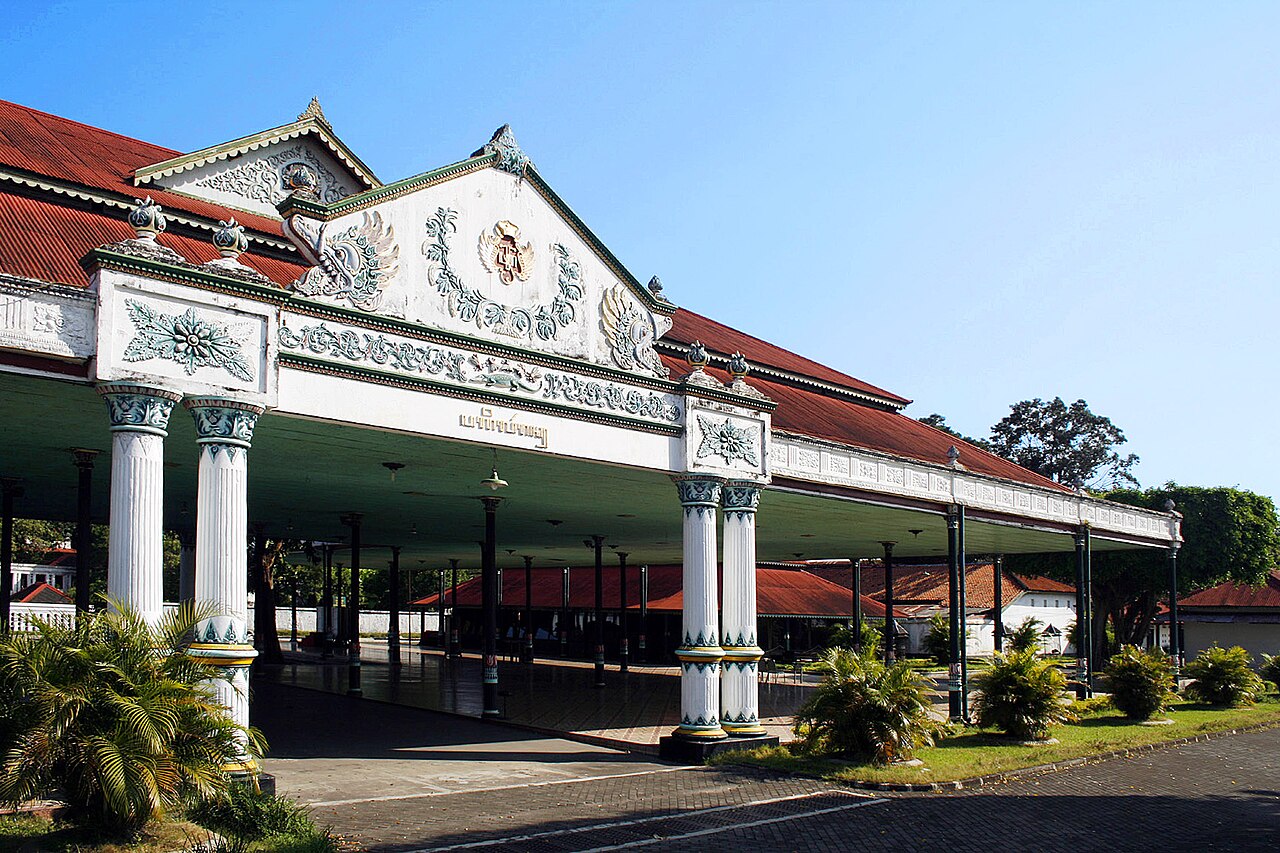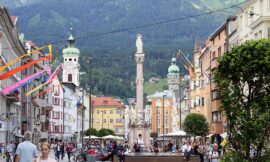In the heart of Yogyakarta, Indonesia, lies a majestic palace complex that serves as a living testament to the region’s rich cultural heritage and royal legacy: Kraton Ngayogyakarta Hadiningrat. Commonly referred to as the Kraton Yogyakarta or simply the Kraton, this historic palace compound is not only the official residence of the Sultan of Yogyakarta but also a center of Javanese culture, tradition, and artistry.
Historical Significance: Constructed in the 18th century by Sultan Hamengkubuwono I, the Kraton Ngayogyakarta Hadiningrat has served as the seat of the Yogyakarta Sultanate for generations. The palace complex was built as a symbol of royal power and authority, with its grand architecture, intricate ornamentation, and sprawling grounds reflecting the wealth and prestige of the Javanese monarchy.
Architectural Marvel: The Kraton Yogyakarta is renowned for its distinctive Javanese architecture, characterized by its elegant pavilions, ornate gateways, and sprawling courtyards. The palace complex is laid out in accordance with Javanese cosmology and philosophy, with each building and structure meticulously designed to reflect the principles of balance, harmony, and spiritual significance.
Cultural Center: Beyond its role as a royal residence, the Kraton Ngayogyakarta Hadiningrat serves as a vibrant cultural center, where Javanese arts, traditions, and rituals are preserved and celebrated. Within the palace complex, visitors can explore a variety of museums, galleries, and performance spaces dedicated to showcasing the region’s rich cultural heritage, including traditional dance, music, puppetry, and craftsmanship.
Museum Collections: The Kraton Yogyakarta houses an impressive collection of artifacts, artworks, and royal heirlooms that offer insights into the history and culture of the Yogyakarta Sultanate. The palace’s museums feature displays of traditional Javanese textiles, ceremonial regalia, intricate batik fabrics, ancient manuscripts, and royal relics, providing visitors with a comprehensive overview of Javanese art, history, and craftsmanship.
Ceremonial Events: Throughout the year, the Kraton Ngayogyakarta Hadiningrat plays host to a variety of ceremonial events, festivals, and rituals that uphold the traditions and customs of the Yogyakarta Sultanate. From royal weddings and coronations to religious processions and cultural performances, these events offer visitors a unique opportunity to witness the splendor and pageantry of Javanese court life.
Living Heritage: One of the most remarkable aspects of the Kraton Yogyakarta is its status as a living heritage site, where centuries-old traditions and customs continue to be practiced and preserved by the palace’s inhabitants. The Sultan of Yogyakarta, along with his courtiers and staff, actively participate in the daily rituals and ceremonies that define palace life, ensuring that the cultural legacy of the Yogyakarta Sultanate remains vibrant and relevant in the modern world.
Visitor Experience: For visitors to Yogyakarta, a visit to the Kraton Ngayogyakarta Hadiningrat is an essential part of the cultural experience. Guided tours of the palace complex provide insights into Javanese history, architecture, and culture, while cultural performances and demonstrations offer a firsthand glimpse into the region’s artistic traditions and spiritual practices.
Conclusion: In conclusion, the Kraton Ngayogyakarta Hadiningrat stands as a symbol of Yogyakarta’s rich cultural heritage and royal legacy. With its grand architecture, richly adorned interiors, and vibrant cultural programming, the palace complex continues to be a source of pride and inspiration for the people of Yogyakarta and a cherished destination for visitors seeking to explore the wonders of Javanese culture and tradition.



